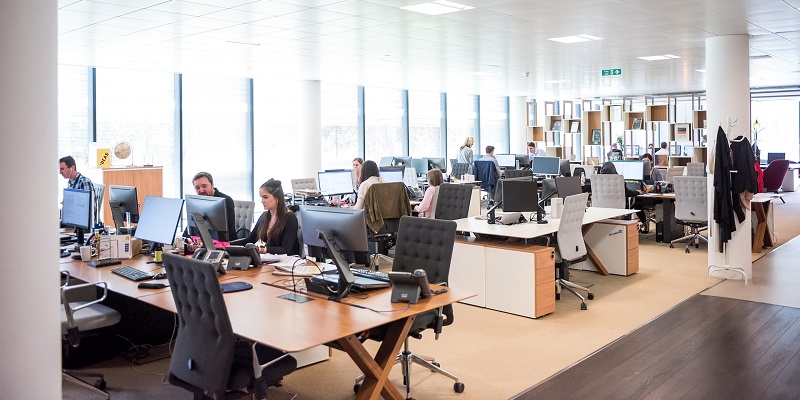The COVID-19 pandemic has significantly impacted the way we work, forcing many businesses to either shut down or shift to remote work. However, as the world eventually finds its way to a new normal, many organizations are adopting a hybrid working model that combines both remote and physical attendance. While some workers prefer remote work, it could come with the cost of lower salaries. According to a recent poll by The Washington Post and Ipsos, a majority of employees are willing to work in the office if it means a pay hike.
Poll Shows Majority of Employees Willing to Work in Office for Higher Pay
The survey, which involved 1,148 participants, revealed that 80% of respondents would accept a job that pays more provided they work in the office. The poll also indicated that more remote workers (55%) would rather take an in-office job that pays less. These findings signify a shift among a significant percentage of the workforce towards a preference for working in the office, and prove that salary remains a crucial motivator for many individuals.
“Pay is a Top Factor for Employees in Job Assessments. While the poll shows a willingness among employees to work physically for better pay, it also highlights that pay is a top factor they consider when assessing a good job. 89% of survey participants regard pay as important, revealing its significance in the eyes of job seekers. Other factors that were mentioned included good management (89%), health benefits (77%), vacation leave (73%), and co-worker friendliness (70%).”
Importance of Working Remotely Among Employees
While remote work has been an option for many employees during the pandemic, according to the report, only 37% of employees say the ability to work from home or remotely is important. This statistic reflects the unwillingness among remote workers to give up the flexibility perks that they enjoyed during the pandemic.
The poll also revealed some of the reasons why employees prefer to work from home. Around 51% said they don’t have to commute to work, while 14% said it was easier to care for children while working from home. 13% of respondents said they can focus better when working from home. These reasons suggest that working from home is not just a preference for some, but a necessity.
Amazon Employees Protest Return-to-Office Mandate
While the poll shows a preference for physical attendance among many employees, others believe that they should have the option to work remotely. For instance, Amazon employees are planning a walkout to protest the company’s Return-to-Office (RTO) mandate. Amazon plans to make its corporate employees work three days in the office and two days remotely every week starting from September. The employees argue that flexibility should be an option for every worker.
Equality of experience
The poll findings and Amazon employees’ protests highlight the need for organizations to ensure that their hybrid working model is inclusive for everyone. To make remote work successful, it is essential to provide an equal experience, whether in the office or remote. Employees who work remotely must not be discriminated against and must have access to the same opportunities for growth and development that office employees have.
In conclusion, the poll shows that a majority of employees are willing to work physically if they are paid more. However, it is necessary for organizations to provide an equal experience to both remote and in-office employees. By doing so, businesses can ensure that their hybrid working model is successful and their employees remain productive, happy, and valued.

